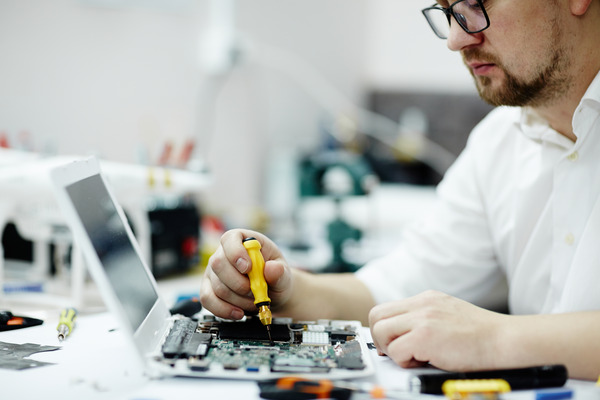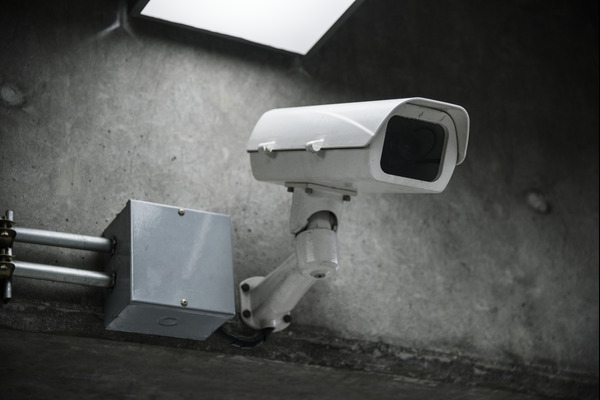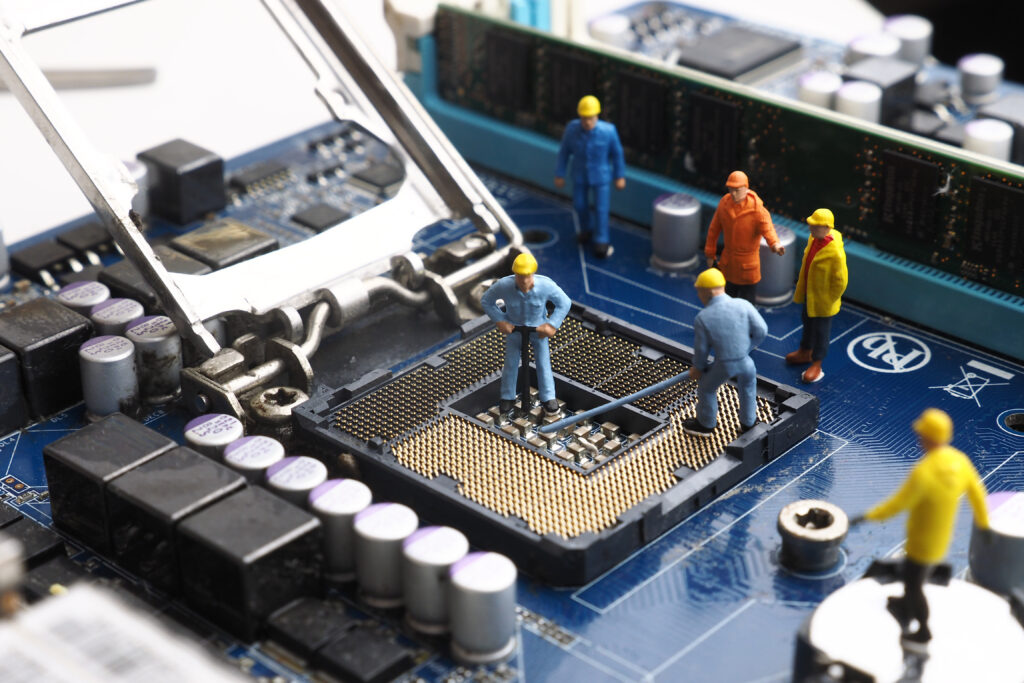Dubai, a fantastic junction of innovation and protection, is a fairly practical town with an excessive spread of living. In spite of this, proactive security remains critical for all business and residential owners. In this fast-paced town, a first-rate CCTV system is more than only a luxury; it is a vital protection layer that offers peace of mind and real safety benefits.
It may be hard to navigate Dubai’s various CCTV services and systems. From knowing the technical jargon to deciding on the proper features for your unique wishes, the method requires careful attention. This sizable guide makes the selecting technique easier, permitting you to make a knowledgeable decision and make investments within the satisfactory protection answer in your Dubai assets. We can cross over critical worries, distinct sorts of systems, and the way to choose the best CCTV services to make certain your peace of mind.
Why CCTV Service Investment Is Essential in Dubai
At the same time, Dubai is rightfully recognized for its safety record; investing in CCTV services is a smart decision for both residential and commercial properties. Clear video footage provides vital evidence in the event of a security incident, supporting law enforcement investigations, and visible protection camera systems act as an effective deterrent to potential invaders. Current systems are especially high-quality in that they may be available for remote tracking from everywhere; that’s an additional benefit for Dubai citizens and companies with businessmen who journey day-to-day. Moreover, CCTV systems improve operational control by tracking personnel’s moves around the clock as companies develop. In the end, that is fine for all stakeholders because it lowers robbery instances, protects employee safety, and offers useful data about purchaser conduct and new tendencies.
Understanding Your CCTV Requirements
Earlier than you begin searching out CCTV applications, take a second to assess your unique safety requirements. Asking yourself the following questions can help you narrow your options and select the best CCTV services for your Dubai property:
1. Defining Your Surveillance Scope:
Assume, though, that you may require cameras for the interior, outdoors, or each, with Dubai’s unforgiving external surroundings in mind. perceive the specific areas requiring monitoring, such as doors, driveways, or certain rooms, as this influences how many cameras are needed and where they should be placed.
2. Understanding Image Quality and Detail:
The camera’s decision has an instantaneous impact on photo readability, with complete HD, 2K, or 4K resolutions suitable for identification. The sphere of view indicates the place being covered; the greater the area widely captured by using wide-angle lenses, the fewer cameras required, even as extra restrained lenses focus attention on unique regions of interest.
3. Exploring Essential Features:
To maximize low-light or middle-of-the-night surveillance, built-in emphasis is placed on cameras that have solid night imaging built-in, frequently in the form of integrated infrared (IR) or starlight abilities. Clever movement detection is a Wi-Fi aspect that differentiates between people, pets, and integrated animate objects to reduce fake built-in and assure related integrated recordings. -way audio built-in for a ways-off verbal exchange with speakers and microphones on hand to discourage burglars or speak with visitors. Faraway control and view-building allow you to watch, stay, and record photos from the comfort of your cellphone through cellular apps or web portals, particularly available for those regularly out building integrated Dubai belongings.
For outdoor use in Dubai, pick cameras with climate-resistant and durable designs that have a high IP score. This allows them to work independently of dust, wetness, and the location’s excessive temperatures. Subsequently, wireless, recollect the differences among wired systems, which are very dependable but require sizable wireless cabling, and Wi-Fi wireless structures, which are easier to install but depend on a robust connection.
4. Assessing Storage Requirements:
The quantity of cameras, the recording resolution they use, and the duration of time you want to preserve your video recordings will all affect how much storage you want. There are options for local garage interiors, like a network video recorder (NVR) or digital video recorder (DVR), as well as cloud-based storage provided by reputable CCTV services in Dubai.
5. Budgetary Considerations:
CCTV systems and offerings have vastly varying charges. Set your budget ahead of time, contemplating no longer simply the value of the system but also installation fees, potential protection charges, and cloud garage subscriptions, if applicable. Investing in the best provider and device will yield long-term returns.
Navigating the Landscape of CCTV Services in Dubai
The choice of the best CCTV services company in Dubai is as important as the gear itself. Pick out reliable corporations with an established track record and experience that offer a complete range of services, such as machine design, expert installation, preservation, and technical assistance. They ought to offer tailored solutions using equipment from nicely installed providers and have to adhere to neighborhood regulations, mainly the ones governing privacy. Strong after-sales service is also crucial for assuring the ongoing functionality of your CCTV gadget.
A comprehensive guide to choosing the best CCTV offerings in Dubai
- Discover your needs:
Sincerely outline your protection desires, the area with a view to be watched, and the unique traits that might be required. - Do a lot of research:
Have a look at the internet reputation, purchaser testimonials, and services provided by several CCTV carrier vendors in Dubai. - Acquire several charges:
Communicate with a number of honest suppliers to get certain pricing prices that meet your precise desires. - Examine Proposals Comprehensively:
Study gadget excellent, provider scope, installation charges, warranty terms, and after-income help similarly to charge. - Verify purchaser feedback:
Look for genuine client reviews and feedback to determine the company’s dependability and level of customer satisfaction. - Seeking expert assistance:
If you would like individualized hints for your property, don’t be afraid to request a website visit and an expert session. - Affirm Credentials:
Make sure the CCTV provider has the important licenses and certifications to perform legally in Dubai.
Securing Your Peace of Mind in Dubai
Selecting the best CCTV services and systems in your Dubai home or organization is an essential first step closer to increased safety and peace of mind. In the fast-paced international city of Dubai, you can invest in a security system that effectively protects your property while also generating long-term value by carefully comparing your man’s or woman’s desires, learning about your options, and selecting the best carrier provider. Discover your bit of heaven by taking your time, getting to know it, and making an informed decision.
Published on 25/04/2025
How to Choose the Best CCTV System for Your Dubai Home or Business Read More »










